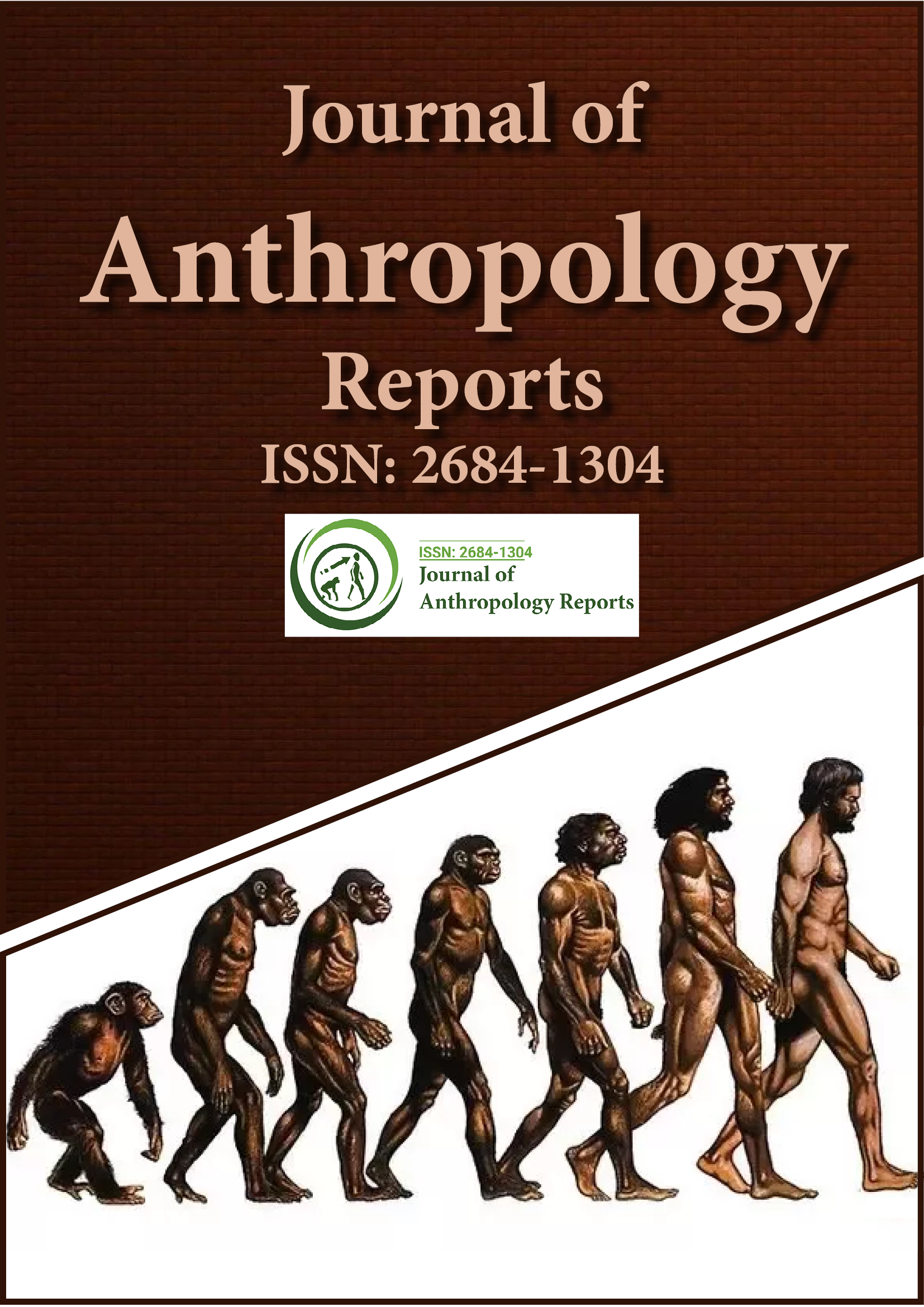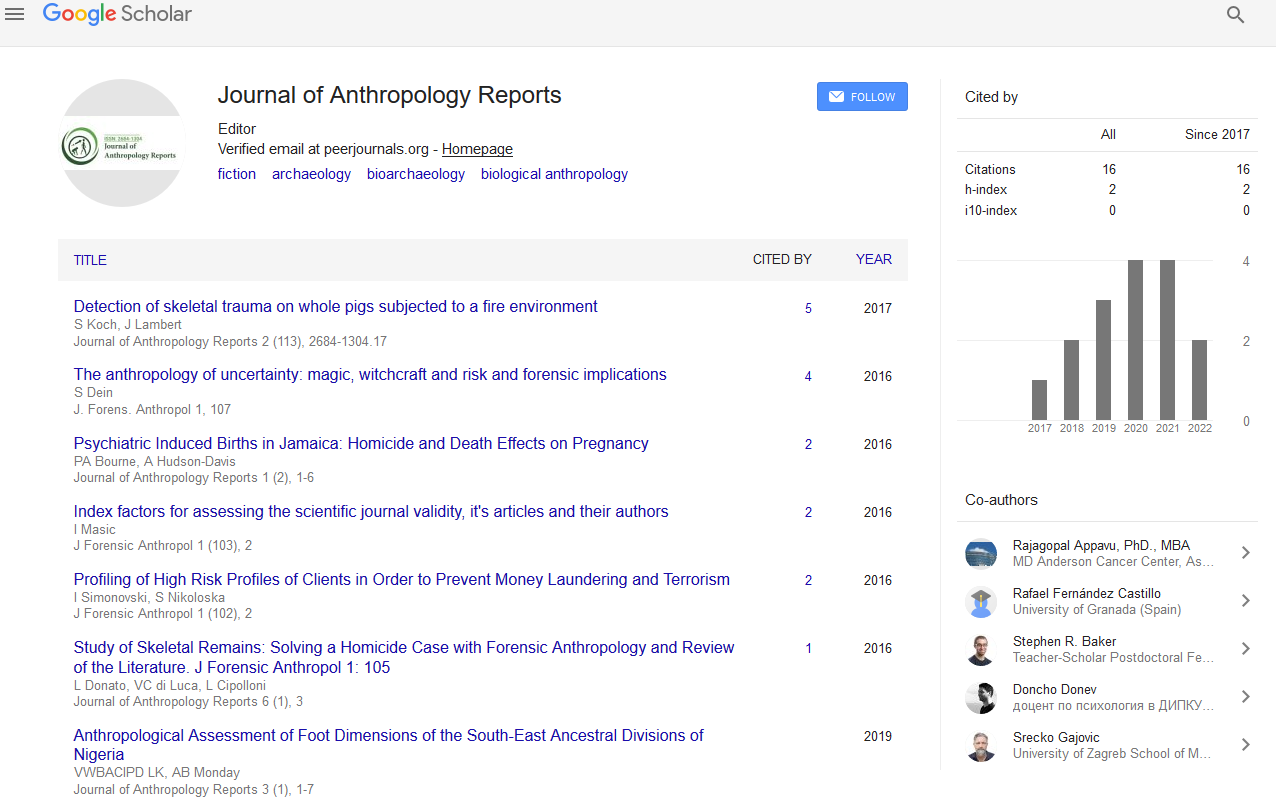Indexed In
- RefSeek
- Hamdard University
- EBSCO A-Z
Useful Links
Share This Page
Journal Flyer

Open Access Journals
- Agri and Aquaculture
- Biochemistry
- Bioinformatics & Systems Biology
- Business & Management
- Chemistry
- Clinical Sciences
- Engineering
- Food & Nutrition
- General Science
- Genetics & Molecular Biology
- Immunology & Microbiology
- Medical Sciences
- Neuroscience & Psychology
- Nursing & Health Care
- Pharmaceutical Sciences
Opinion Article - (2025) Volume 8, Issue 1
Changing Food Habits and Cultural Identity in Migrant Populations
Selin Demir*Received: 24-Feb-2025, Manuscript No. JFA-25-29400; Editor assigned: 26-Feb-2025, Pre QC No. JFA-25-29400 (PQ); Reviewed: 12-Mar-2025, QC No. JFA-25-29400; Revised: 19-Mar-2025, Manuscript No. JFA-25-29400 (R); Published: 26-Mar-2025, DOI: 10.35248/2684-1304.25.8.217
Description
When individuals or families move from one country to another, many aspects of daily life begin to shift. Among the most visible and deeply felt changes is the food they consume. Eating habits are often shaped by what is available in the new environment, affordability and local customs. Over time, these adjustments influence not only nutrition and taste but also the sense of who people are and how they relate to their original culture.
For many migrants, food acts as a connection to home. Preparing familiar dishes, using spices from their country, or eating certain meals during special occasions becomes a way to stay linked to their heritage. The smell, flavor and method of cooking often carry strong emotional meaning, reminding them of their childhood, family traditions, or religious practices. These foods become part of memory, often helping people maintain a sense of comfort in unfamiliar surroundings.
However, these eating patterns do not remain the same. The ingredients once easy to find may no longer be available, or they may be too expensive in the new location. People often substitute with local produce or alter recipes to fit what is at hand. This results in new blends meals that combine elements of the home culture with those of the host country. Over time, these dishes may become a new form of tradition, especially for children born or raised in the new country.
Generational differences also shape how food habits evolve. Older migrants may try to stick closely to traditional meals, while younger members of the family grow up eating a mix of both home and local foods. School lunches, restaurant visits and social interactions expose children to new eating styles, which they may adopt with ease. In some cases, this can lead to tension within families, especially if elders feel that younger people are losing touch with cultural roots.
At the same time, many migrant communities actively preserve food customs through group events, community gatherings and religious celebrations. These occasions allow for the sharing of traditional meals, reinforcing social ties and cultural values. They also offer opportunities to teach younger generations how to cook, what the dishes mean and how they connect to broader traditions. In this way, food becomes a shared experience that helps support identity even in a new environment.
Some migrant groups also introduce their food to the wider public. Restaurants, food trucks and grocery stores reflect this exchange, where traditional cuisine gains attention and appreciation from locals. Over time, these foods may become part of the broader culinary scene in the host country. However, such visibility can also change how the food is prepared and presented, as it is adjusted to appeal to wider tastes. In some cases, the food may be simplified or altered, raising questions about authenticity and cultural representation.
Conclusion
Food habits are not fixed they shift with time, place and experience. For migrant populations, eating becomes a reflection of change, memory, adaptation and pride. The act of sharing a traditional meal can open space for conversation and mutual respect, but it may also face stereotypes or rejection. How food is accepted in public often shapes how migrants feel about their cultural identity. While challenges are part of this process, many find creative ways to keep tradition alive while adjusting to a new setting. In doing so, they create new forms of identity that combine past and present through the daily act of preparing and sharing meals.
Citation: Demir S (2025). Changing Food Habits and Cultural Identity in Migrant Populations. J Anthropology Rep. 8:217
Copyright: © 2025 Demir S. This is an open-access article distributed under the terms of the Creative Commons Attribution License, which permits unrestricted use, distribution and reproduction in any medium, provided the original author and source are credited

